Graphic design for artists emerged as a revolutionary fusion of creativity and technology, enabling artists to explore new dimensions of expression. Initially, the field was driven by a few core principles, but today the landscape of graphic design is rich with diverse approaches. Regardless of style, graphic design serves as a bridge between artistic vision and visual communication, capturing attention and conveying messages with impact. Although initially perceived as a rigid discipline focused on commercial outcomes, in reality, it offers limitless potential for creativity and personal expression--and is currently experiencing a vibrant renaissance. Elevate your creative journey with the following graphic design tips tailored for artists, and craft your unique visual narrative.
Color theory analysis
In graphic design, color theory delves into the psychological and physiological impacts of color combinations, exploring how they influence perception and emotion. Artists meticulously analyze the color wheel, understanding primary, secondary, and tertiary colors to create visually harmonious compositions. They consider color temperature--dividing hues into warm and cool categories--to evoke specific feelings and guide the viewer's eye through hierarchy and emphasis. Complementary colors offer vibrant contrast, whereas analogous schemes provide subtle cohesion, allowing the artist to craft deeply engaging visual narratives that resonate with audiences at a subconscious level.
Typography selection
Typography selection is an essential aspect of graphic design as it plays a critical role in conveying the message and tone of a piece, particularly for artists who are often communicating personal or abstract concepts. Artists must consider the historical and emotional connotations of typefaces; for instance, serif fonts can evoke a sense of tradition and seriousness, while sans-serif fonts often feel modern and clean. Furthermore, the size, weight, and spacing of the type can dramatically impact readability and emphasis, influencing how viewers interact with the artwork. Selecting a typeface involves balancing aesthetic alignment with the overall composition and ensuring the text harmonizes with the visual elements without overwhelming or confusing the intended message.
Visual composition techniques
Graphic design for artists is a field that emphasizes the importance of visual composition techniques to deliver compelling and aesthetically pleasing artwork. One technique involves understanding the principles of balance, symmetry, and asymmetry to create a captivating arrangement of visual elements; balance achieves harmony by distributing visual weight evenly, while asymmetry adds dynamism through uneven spacing. The golden ratio and rule of thirds offer guidelines for organizing elements in a way that naturally draws the viewer's eye toward focal points, enhancing the narrative or thematic intent of the piece. Color theory plays a crucial role, as artists must skillfully combine hues, saturation, and brightness to evoke specific emotions, direct attention, and maintain visual hierarchy; contrast and unity within the color palette ensure that the design remains coherent while engaging the audience in a deeper visual dialogue.
Digital illustration tools
Digital illustration tools have revolutionized the graphic design landscape for artists, offering a vast palette of software and technologies that enhance creativity and precision in artwork. Programs such as Adobe Illustrator and CorelDRAW provide vector-based platforms that allow artists to create scalable, intricate designs with unparalleled control over line, shape, and color gradients. Procreate, tailored specifically for iPad users, introduces a more intuitive, tactile experience, mimicking traditional drawing with its brush dynamics and pressure sensitivity, thus becoming a favorite among illustrators for sketching and concept art. Advanced digital painting applications like Clip Studio Paint and Krita offer robust features such as customizable brushes, layer management, and animation tools, enabling artists to produce complex, multidimensional images suitable for both digital media and printed formats.
Branding elements design
Graphic design for artists, specifically in the realm of branding elements, demands a meticulous understanding of an artist's unique vision and voice, which serve as the foundation for creating distinctive and cohesive brand identities. Each component, from logo design to typography choice, color palette, and iconography, must encapsulate the essence of the artist's personal style while simultaneously resonating with the intended audience. Logo design functions as an emblematic representation, requiring an abstract yet immediately recognizable symbol or typography that effectively communicates the core message and aesthetic of the artist. Typography selection plays a crucial role in conveying the tone and mood of the brand, with the color palette reinforcing emotional connections and ensuring that all elements are harmoniously unified across multiple platforms, creating a holistic and strategic visual narrative.
Creative process workflow
The creative process workflow for graphic design artists often commences with thorough brainstorming sessions which involve gathering inspiration, sketching rough ideas, and conceptualizing themes. Artists then transition to more structured layouts and prototypes using digital tools to refine their concepts, focusing on typography, color schemes, and design elements that align with the project's objectives. A vital stage includes iterative feedback and critique sessions, where designers collaborate with peers or clients to ensure the design aligns with expectations and visions, often requiring multiple revisions and adjustments. This workflow culminates in the finalization and execution phase, where the designer meticulously polishes the artwork, ensuring all elements are cohesive, technically sound, and ready for digital or print dissemination, thereby achieving a balance between creativity and functionality within the project's constraints.
Visual storytelling methods
Visual storytelling in graphic design offers artists a powerful avenue to convey narratives through a harmonious blend of imagery, typography, and layout. Artists can tap into semiotics to infuse visual elements with symbolic meaning, creating layers of understanding that invite viewers to explore beyond the surface. By employing techniques such as color theory and compositional rules like the Golden Ratio, artists strategically guide the viewer's eye, creating an emotional resonance that underscores the intended story. Juxtaposition of contrasting visual elements or the seamless integration of multimedia components such as motion graphics can further elevate the narrative impact, allowing complex stories to unfold in an engaging, visually arresting manner.
User interface aesthetics
User interface aesthetics in graphic design for artists require a nuanced understanding of color psychology, spatial organization, and intuitive navigation to elevate functionality into an art form. Each interface element, from typography to iconography, must seamlessly blend artistic expression with usability, ensuring that the interface does not merely serve as a conduit for interaction but as an extension of the artist's creative vision. Designers employ a meticulous approach to balance, contrast, and harmony, transforming the digital canvas into an engaging, sensory-driven experience that anticipates and adapts to the user's needs organically. As such, the interface becomes a dynamic workspace that encourages creativity and innovation, fostering an immersive and personalized environment that resonates with the artist's unique workflow and individual aesthetic preferences.
Portfolio presentation styles
In the realm of graphic design for artists, portfolio presentation plays a pivotal role in showcasing creativity and technical prowess. Artists often leverage minimalist grid layouts featuring high-resolution images against stark white backgrounds to focus attention solely on the art. Dynamic digital portfolios incorporating interactive elements, such as hover effects and multimedia integration, offer a more engaging experience and demonstrate an artist's versatility in digital platforms. Format diversity, like flipped books and scrolling galleries, allows artists to cater their portfolio to specific audiences, ensuring adaptability and personalized viewer experiences that enhance narrative depth and artistic context.
Artistic design trends
In 2023, the graphic design world has seen a resurgence of maximalism, with artists embracing bold colors, eclectic patterns, and layered textures that defy minimalistic norms. This trend, often characterized by a chaotic yet curated aesthetic, encourages designers to experiment with contrasting elements, drawing inspiration from the 80s and 90s digital art scenes to evoke nostalgia with a modern twist. Artists are increasingly using tools like generative design and AI to create intricate designs that push the boundaries of traditional techniques, combining human creativity with machine precision. The integration of sustainability into artistic design is also prominent, with designers opting for eco-friendly materials and processes, ensuring that their works not only stand out visually but also resonate ethically with a growing conscientious audience.






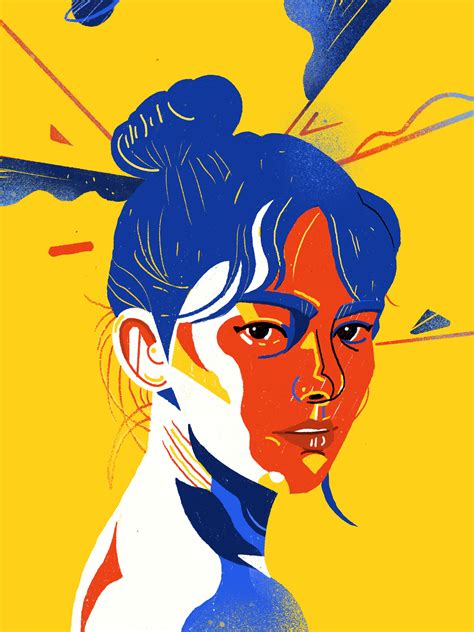
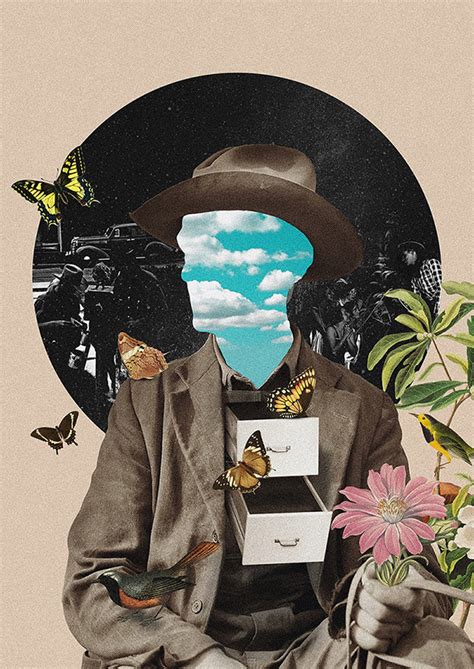
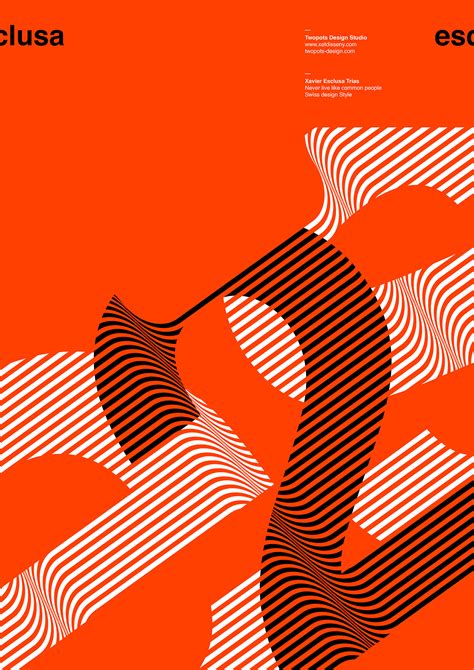
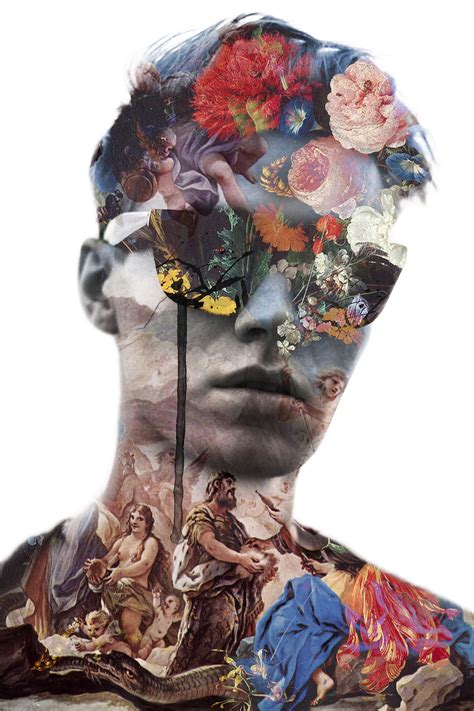

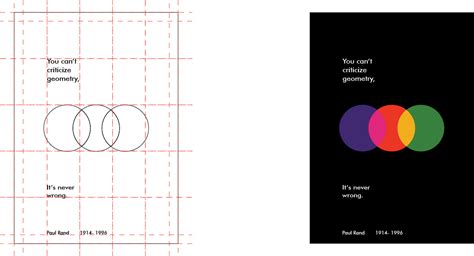
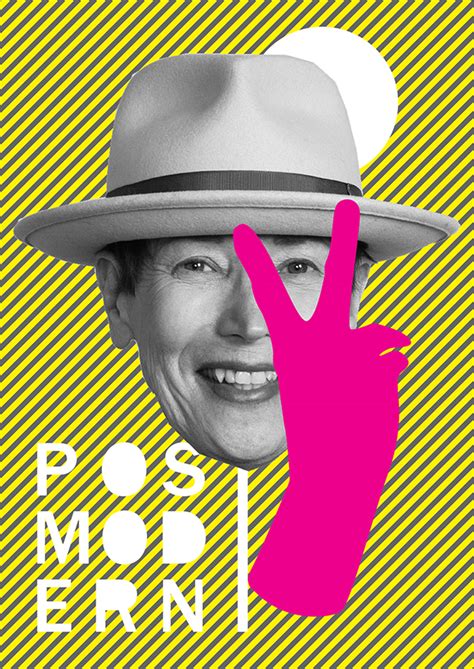
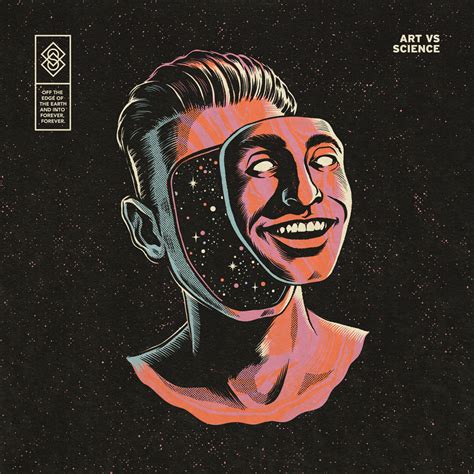
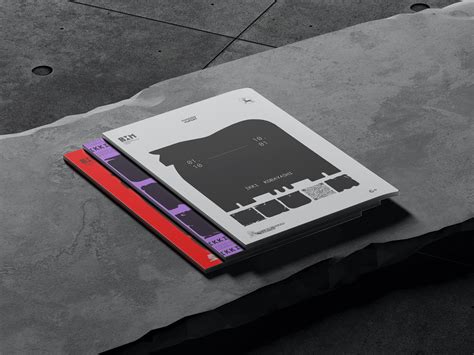
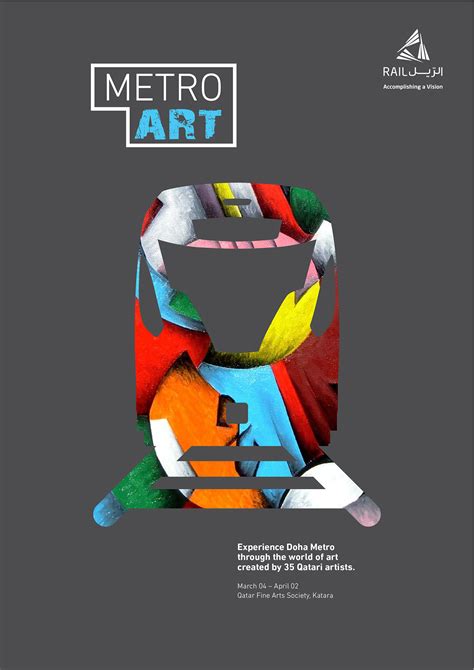
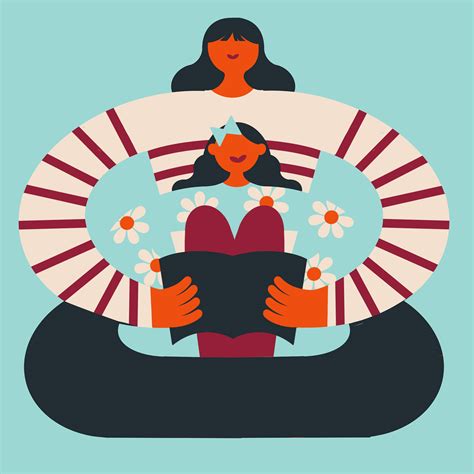
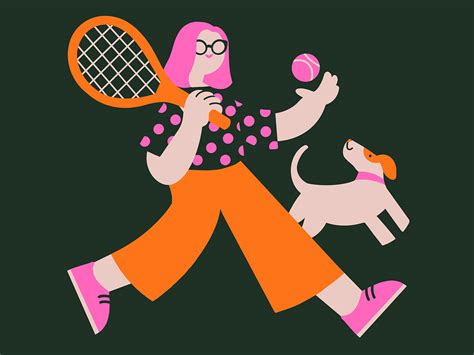
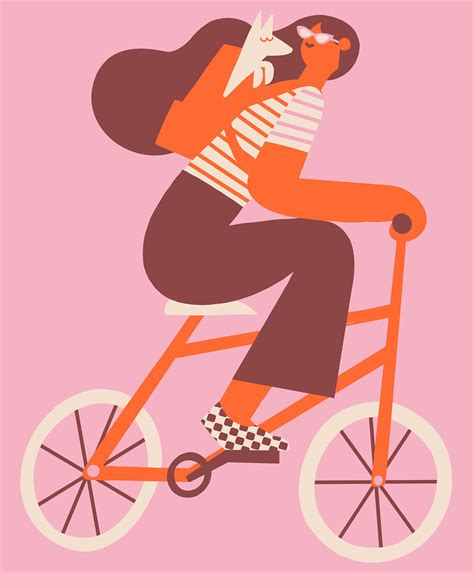
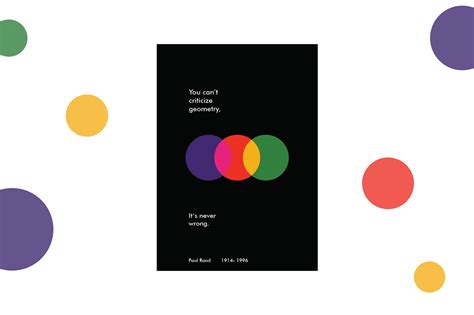
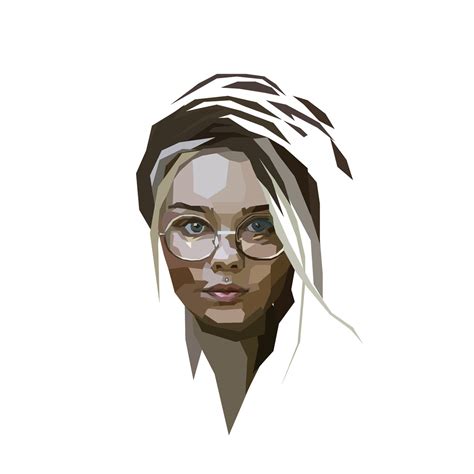
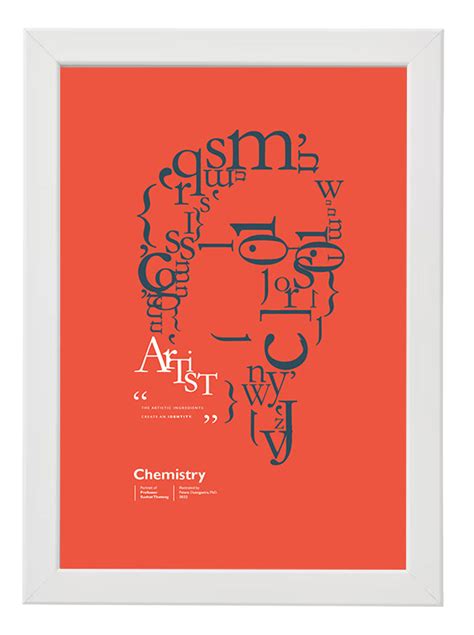
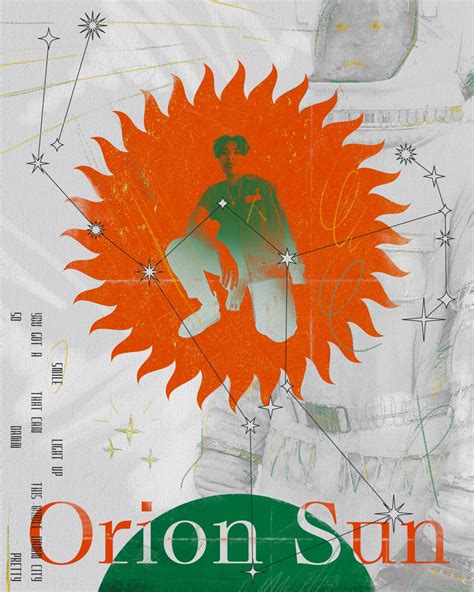
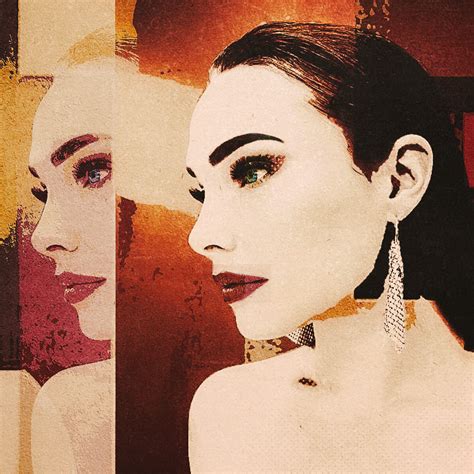
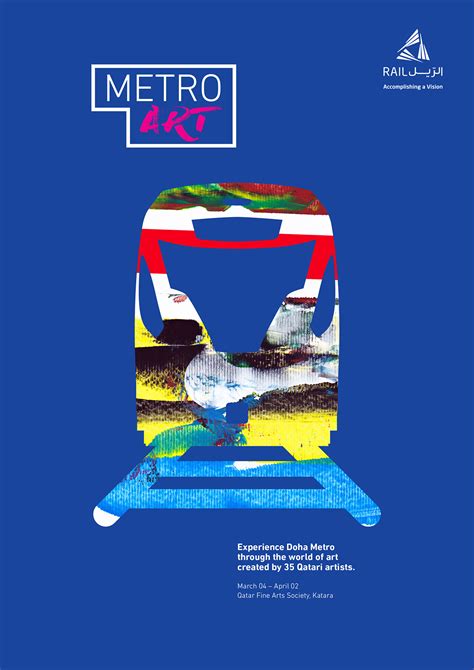
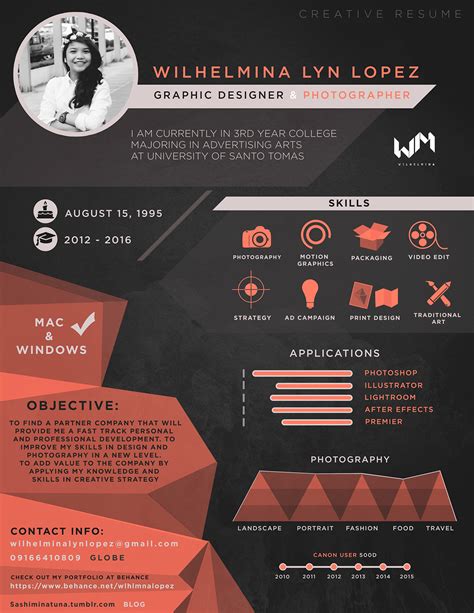
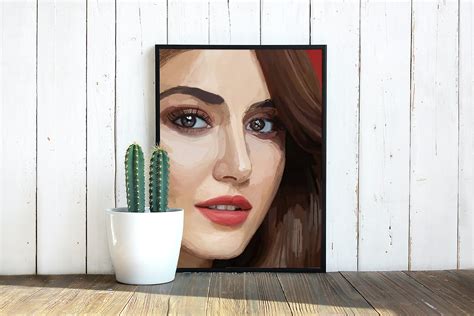
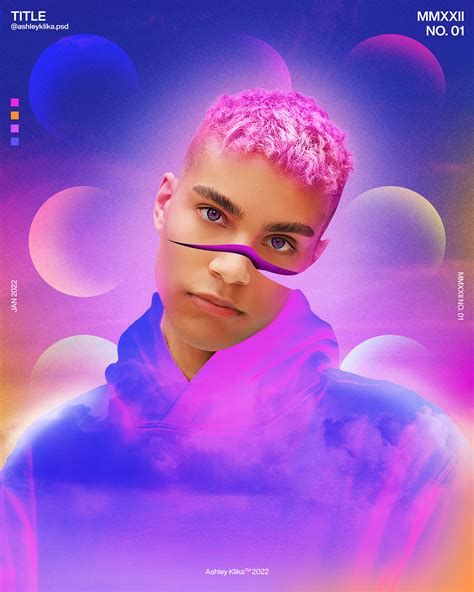
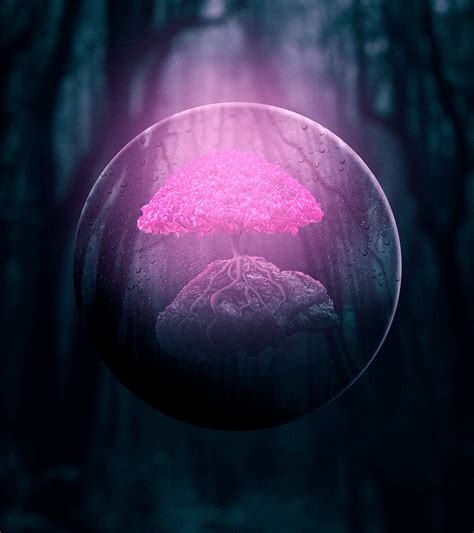
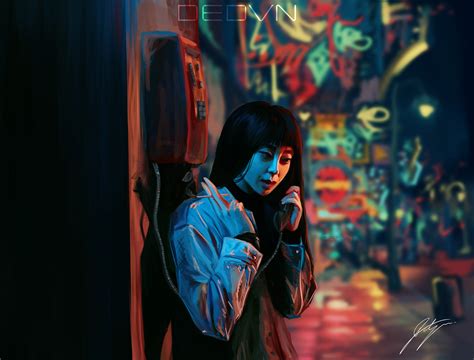
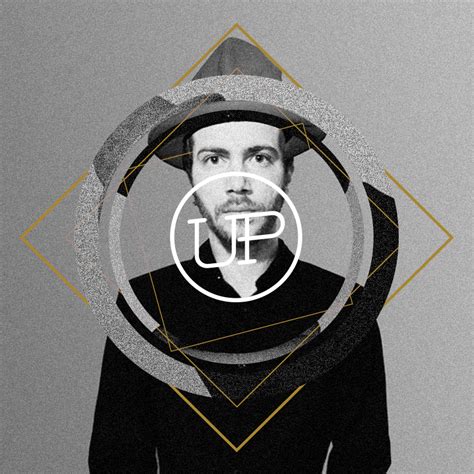
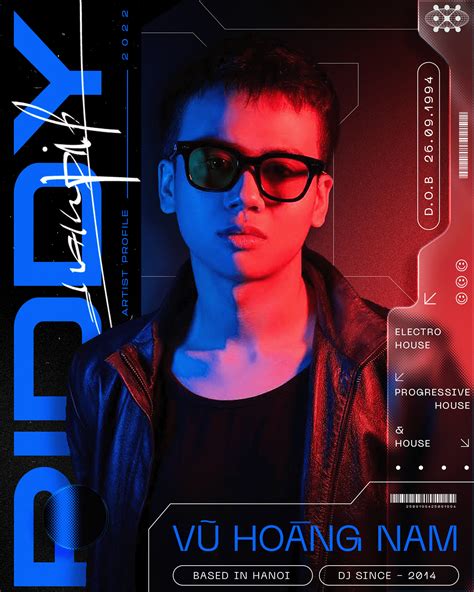

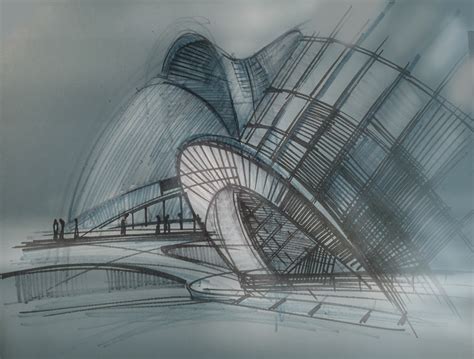

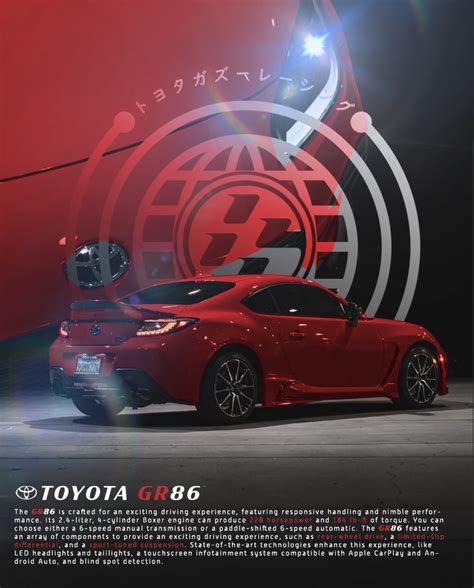
Leave a Reply
Your email address will not be published.